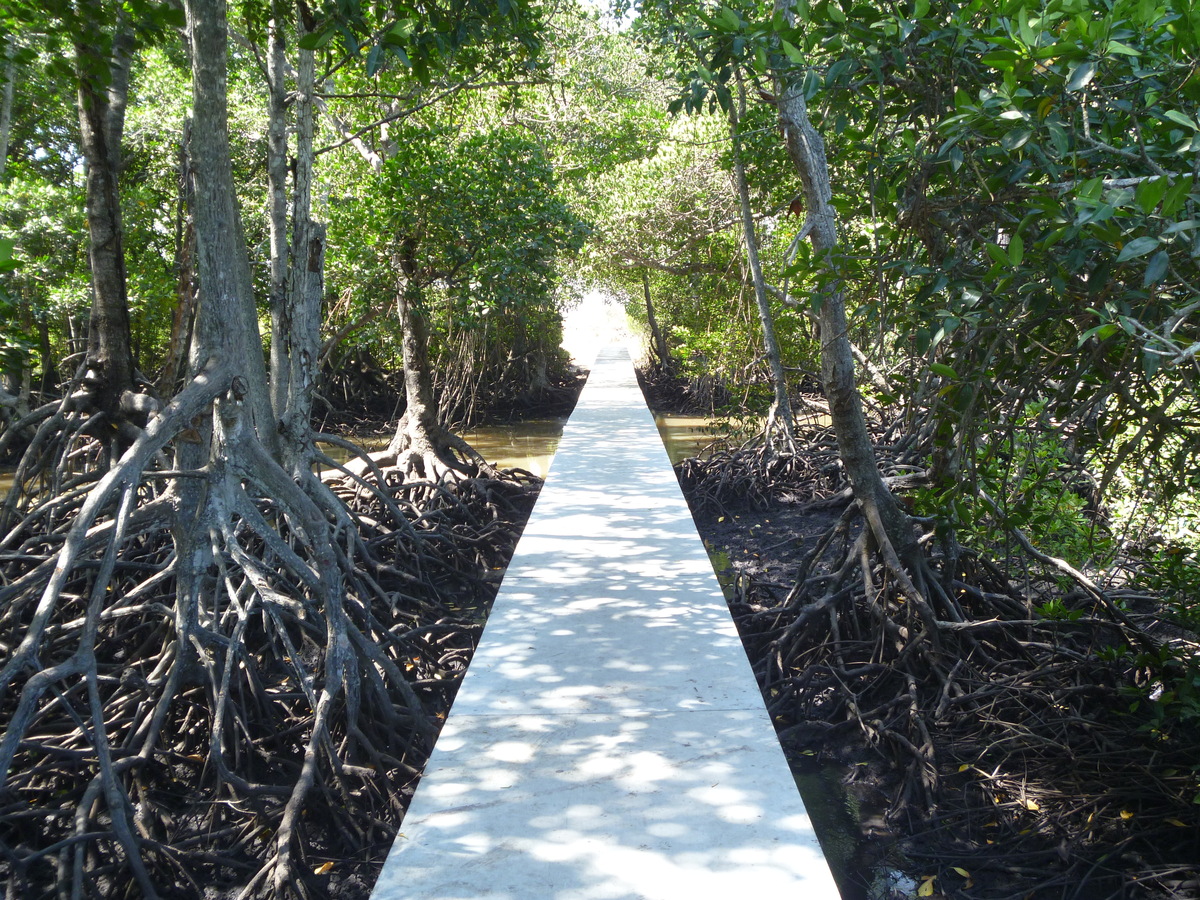“These mangroves are not just safe spawning and breeding grounds for many marine fish species,” said ExxonMobil PNG biodiversity advisor Banak Gamui. “Mangroves are also able to withstand wave activity and provide the first line of defense against wind and rough seas, reducing coastal erosion. Mangroves also are an important source of wood for building materials, fuel, food and medicine for coastal communities.”

Mangroves are an important part of the local coastal communities.
This planting effort in PNG is part of a growing global movement to better manage mangroves and other ocean resources around the world to capture and store carbon dioxide.
Mangrove forests are capable of absorbing up to ten times more carbon dioxide than terrestrial forests, because they also convert carbon dioxide into biomass, further storing carbon in the wood and soil, through their roots. Because they help to sequester ocean-based carbon dioxide, they are considered ‘blue carbon’ sinks, often touted as one of the most effective natural carbon sinks in the tropic regions.

ExxonMobil worked with the local communities to plant new mangroves along the shoreline.
A recent report from McKinsey stated these blue carbon sinks have absorbed about 40 percent of carbon emitted by human activities since 1850.
Expanding the use of blue carbon sinks, while also expanding the use of technologies that can curtail carbon emissions on a large scale, such as carbon capture and storage, can help countries accelerate efforts to permanently reduce their carbon footprints.
ExxonMobil PNG also runs a Biodiversity Offset Program that works with local communities to identify forest resources – that have both biological and cultural value – which they can use to support their livelihoods. EMPNG is actively working with these communities to help plan for forest management and protection of community land and forests for ongoing conservation.



